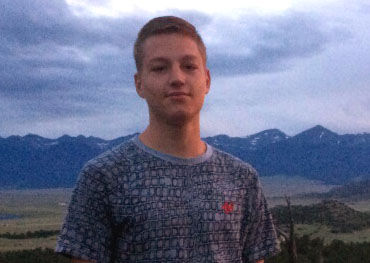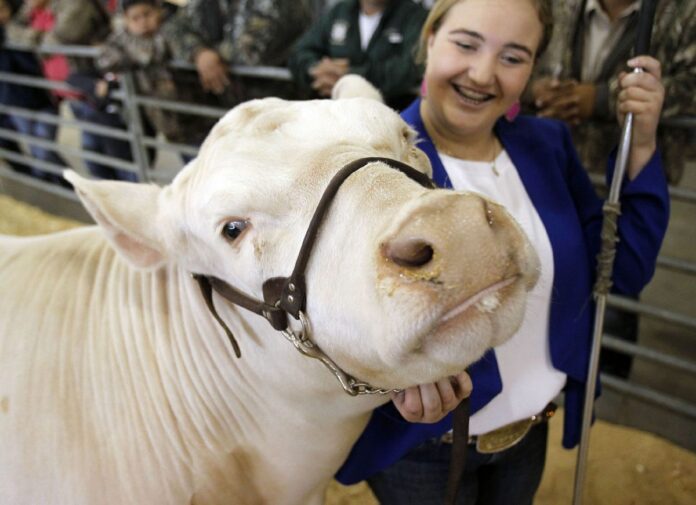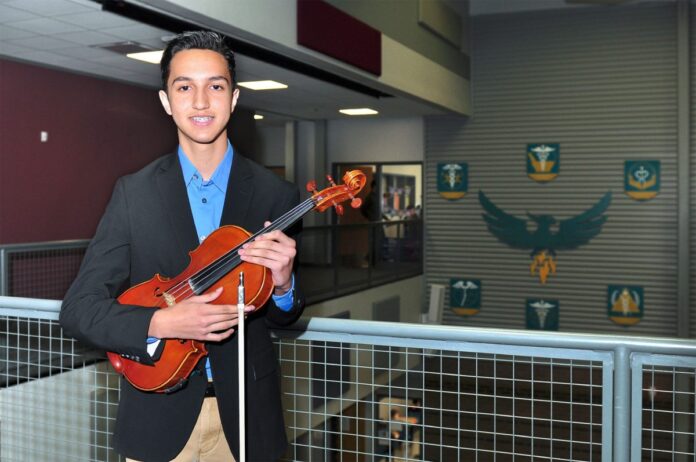The San Benito CISD Library Department and Media Services Department held the First Annual Battle of the Bluebonnet Books for selected students in grades 3-5.
The students were required to read a total of five assigned books: “The Ghosts of Tupelo Landing,” “The Hero’s Guide to Saving Our Kingdom,” “Zane and the Hurricane,” “Separate Is Never Equal,” and “The Night Gardener.”
Having read the assigned books, they were then required to take an Accelerated Reader (AR) test and score an 80 or higher to be eligible to participate in the district competition, according to San Benito High School Librarian Linda Villarreal, who also serves as Library Coordinator.
The winning schools were the following: Dr. C.M. Cash Elementary, first place; Sullivan Elementary, second place; and Ed Downs Elementary, third place.
A similar event – Battle of the Books – was designed for middle school and secondary students. Hosted at San Benito Veterans Memorial Academy, the second annual Battle of the Books included selected students from Berta Cabaza Middle School, Miller Jordan Middle School, San Benito Riverside Middle School and San Benito Veterans Memorial Academy.
To be eligible to participate in the contest, middle and secondary school students were required to read the following five books: “The Hidden Summer,” “Loot: How To Steal A Fortune,” “Percy Jackson’s Greek Gods,” “Game Seven,” and “The Haunting of Gabriel Ashe.”
The students were required to take an AR test and score an 80 or higher to be eligible to participate in the district competition.
“The Battle of the Books and Battle of the Bluebonnet Books are programs which were designed to promote literacy and develop a lifelong love of books,” Villarreal explained.
“Promoting literacy is one of the main goals of the San Benito CISD Library Department. The librarians and students worked hard to prepare for this competition. The students were excited to compete and enjoyed reading and talking about the books,” she added.
Villarreal and the school librarians are already planning and looking forward to next year’s competition. They would like to encourage more students to read the newly selected books.
Students who are interested in competing next year should contact their school librarian for additional information.










